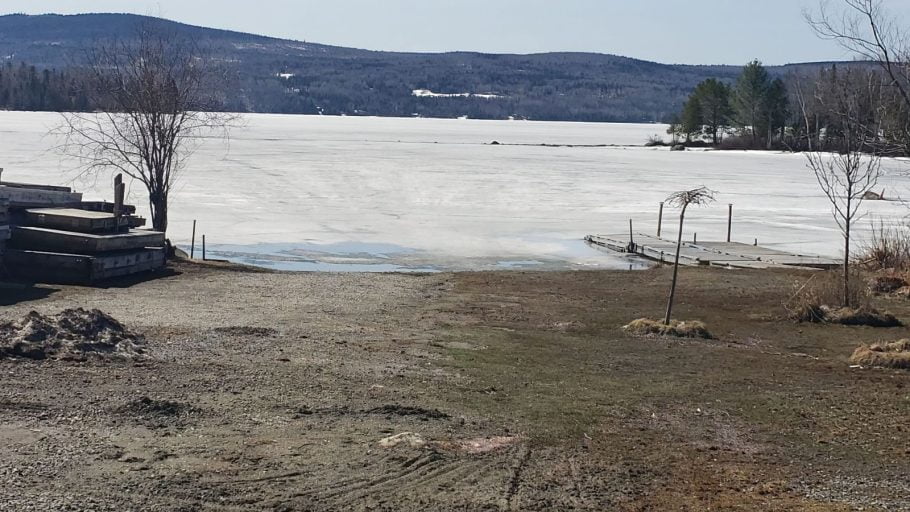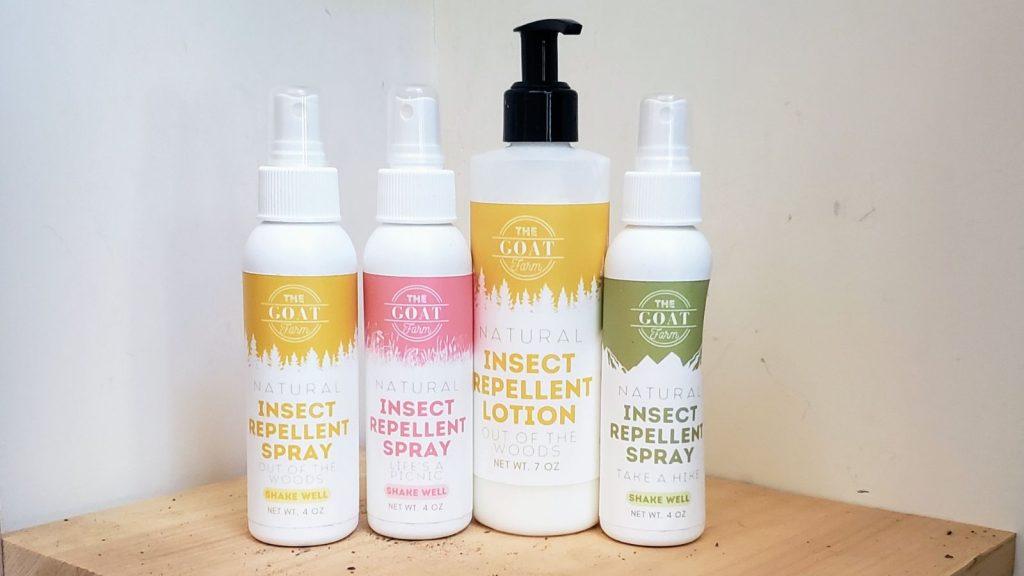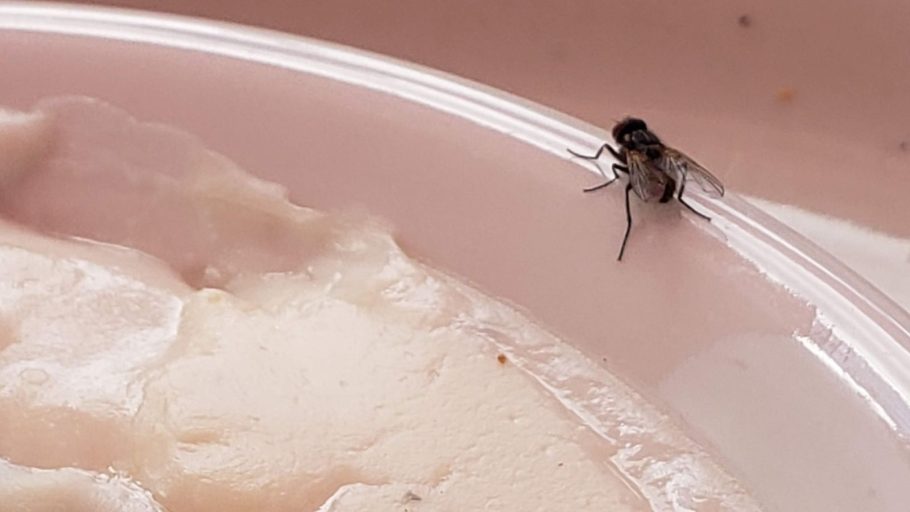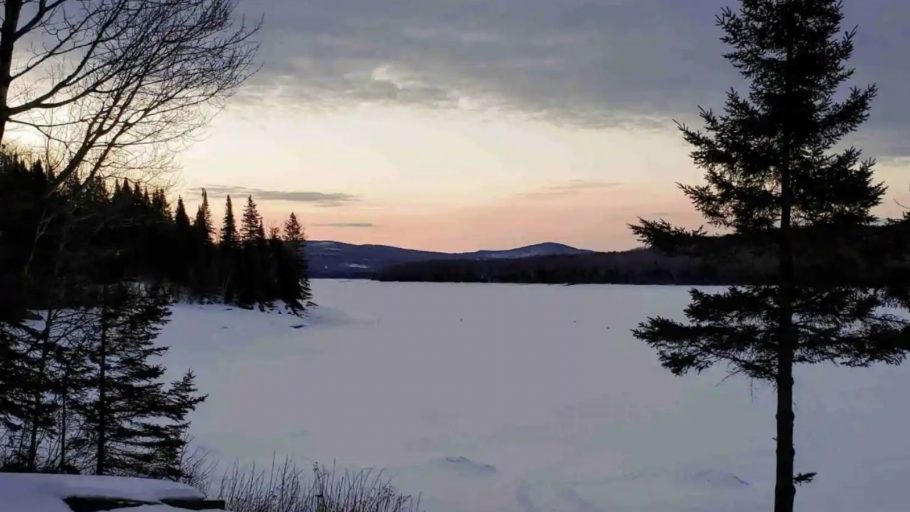As soon as mud season ends in Western Maine, we enter another type of season: The season of banishing mayflies.
Spring and summer are great times to enjoy the outdoors, especially near the serene beauty of lakes or ponds in rural areas. Unfortunately, swarms of mayflies can turn your idyllic experience into a nightmare.
These flying insects can swarm in vast numbers and become a nuisance. However, they can also harm horses with horse fever.
Therefore, it’s essential to learn how to get rid of these pesky flies near the lake or pond in your area. In this article, we’ll give you some tips on how to do that.
Clean Up Your Surroundings
Mayflies are common in New Hampshire and other New England areas, Pennsylvania, and Florida. They breed in water or mud, mainly in slow-moving, clean-water streams or rivers.
However, they can also lay their eggs on the stems of aquatic plants, rocks, or other floating debris. Thus, it’s necessary to keep your premises clean and tidy.
Remove any standing water, organic matter, or garbage that can serve as a breeding ground for flies. Clear away any debris from your lake or pond around your rural home.

Types of Mayflies
Over 600 species of mayflies are found across the United States. Common types include the Pale Evening Dun, Iron Blue Dun, and Green Drake.
The life cycle of mayflies is fascinating. They start as nymphs living in water for up to two years before emerging as winged adults for just a brief mating period, often a single day.
Eastern regions like the Appalachians and the Great Smoky Mountains boast high mayfly diversity. Western rivers and streams also host numerous species vital to trout and aquatic ecosystems.
Identifying specific mayflies helps anglers match hatches for successful fly fishing.
Mayflies in Maine
In Maine, where we live, several different mayflies thrive in the state’s numerous rivers, streams, and lakes. The most common ones include the Hendrickson mayfly, the March Brown mayfly, and the Green Drake mayfly.
These insects play a crucial role in aquatic ecosystems, serving as food for fish and other wildlife. While mayflies have a brief adult lifespan, ranging from a few hours to a few days, their presence signals a healthy waterway.
Anglers eagerly await mayfly hatches to take advantage of the feeding frenzy they create among trout and other game fish.
Use Traps
You can use various types of traps to catch and kill them. The simplest trap is a sticky tape, which you can hang around the outside seating or relaxation areas. These also help with any cluster flies you may have as well.
Use yellow sticky card traps for larger areas, which are eco-friendly and efficient in trapping large numbers of flies. You can also use CO2 traps that emit carbon dioxide, mimicking human breath, to lure these flies in.
Use Insecticides
Insecticides are chemical compounds that kill or repel insects. Always read the product label and follow the instructions carefully. Sprays, dust, or granules can be used to kill insects.
Always wear protective gear when applying insecticides, use them in a well-ventilated area, and keep children and pets away from the treated area.
Use Natural Repellents
To deter flies, you can use natural repellents such as essential oils, herbal sprays, and candles. Lavender, peppermint, eucalyptus, lemongrass, and citronella are some of the effective essential oils. You can also plant some natural repellent plants like marigolds, basil, or chrysanthemums around your area.
Herbal sprays made from these plants can also repel these types of flies, and citronella candles are also popular for their repellent properties.
Natural repellents are not as potent as chemical insecticides, but they are eco-friendly and safe for human and animal health. The repellents are great for getting rid of the flies in your home.
However, these flies do not like the scent of garlic.

Wear Protective Clothing
Wearing clothes that cover your body can prevent these and other flies from annoying you. Wear long-sleeved shirts, long pants, socks, and hats. You can also use mosquito nets or head nets to cover exposed areas.
Wearing light-colored clothing can also help, as they are attracted to dark colors.
The Mayfly Lifecycle
The Mayfly is known for its short life span as it passes through the different stages of its life cycle. These aquatic insects spend most of their lives as nymphs in freshwater streams, feeding on algae and organic matter.
After one to three years, they dramatically transform into winged adults, emerging from the water en masse in a phenomenon known as a “hatch.” Adults live for only one day to a few weeks, during which they mate and lay eggs before dying.
Although their lives may be brief, these flies play a critical role in the ecosystem, serving as a vital food source for many other species.
Conclusion of Banishing Mayflies
These nasty flies can turn your outdoor experience into an itchy and irritating encounter, but with the above tips, you can prevent them from ruining your day.
Clean your surroundings, use traps, insecticides, and natural repellents, and wear protective clothing.
Don’t let these pesky insects keep you indoors when you can enjoy the beautiful scenery of your lake or pond. Follow these tips, and enjoy your bug-free summer season.
When do mayflies come out in New England?
The season usually starts in May and lasts about a month.
What repels adult mayflies?
Mayflies do not like the scent of garlic. Brew some hot garlic tea.
What time of day are they most active?
Dawn and dusk are the most popular times of day when you will see them flying all around.
How many times do they hatch?
They can hatch 2 or 3 times per year.
Do mayflies bite?
They do not bite, but the black flies can bite you and your pets.




